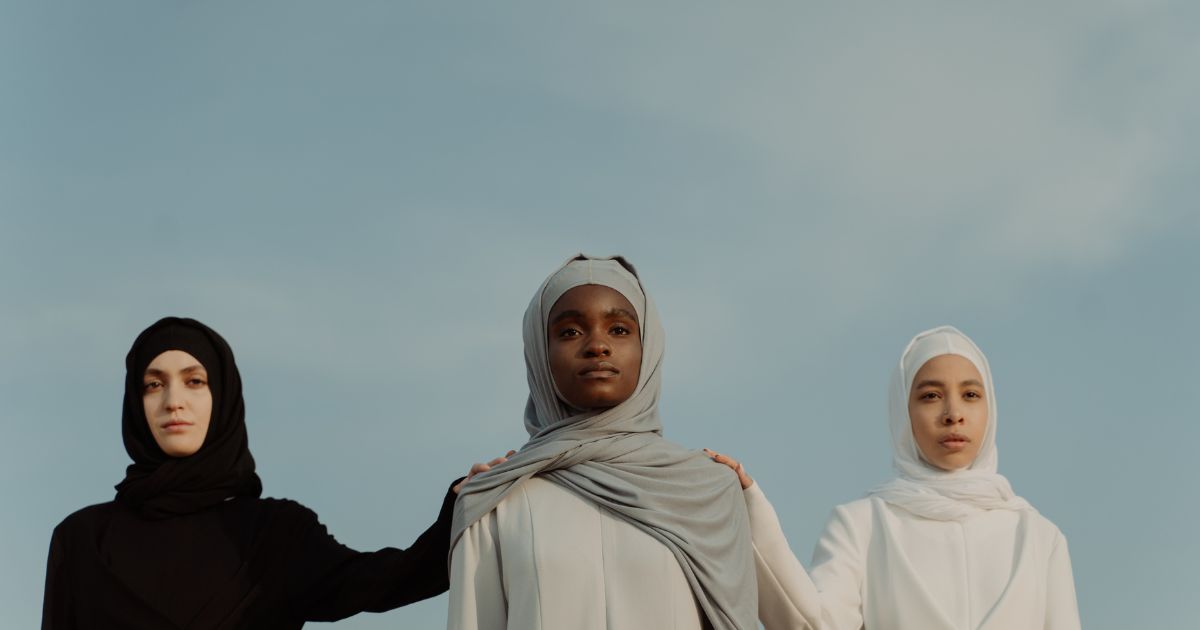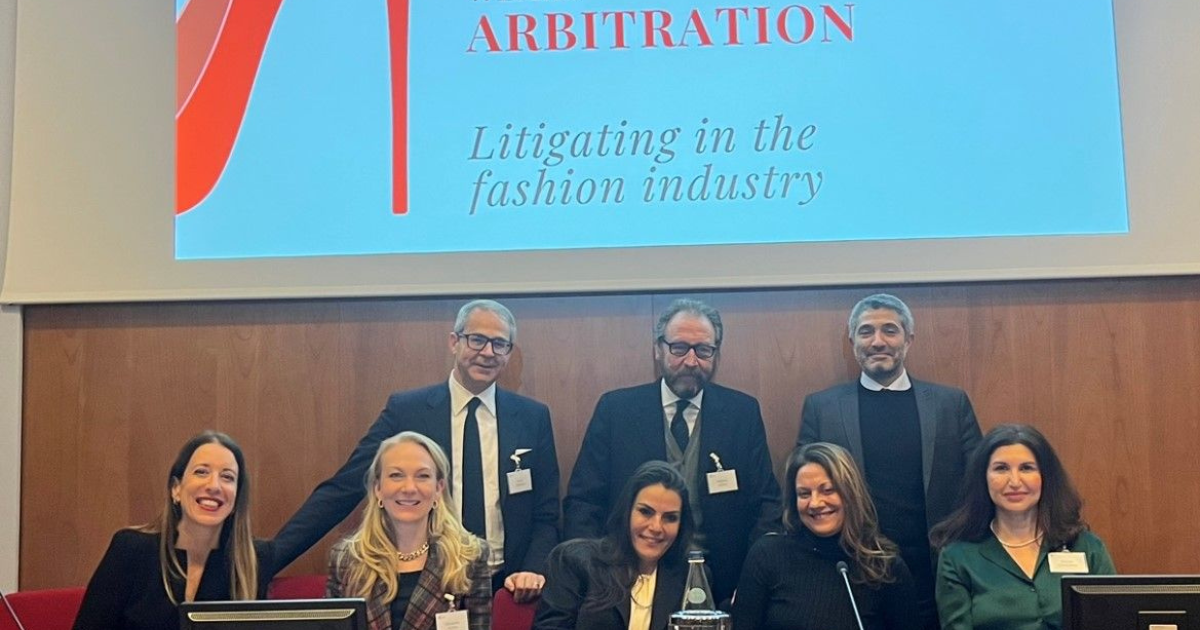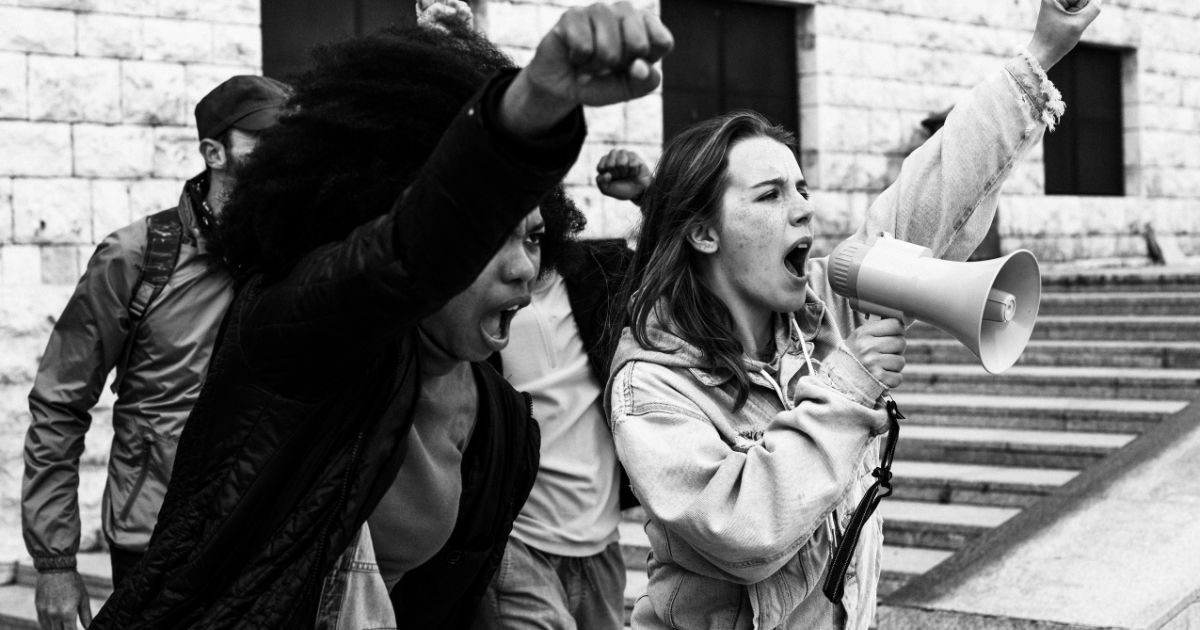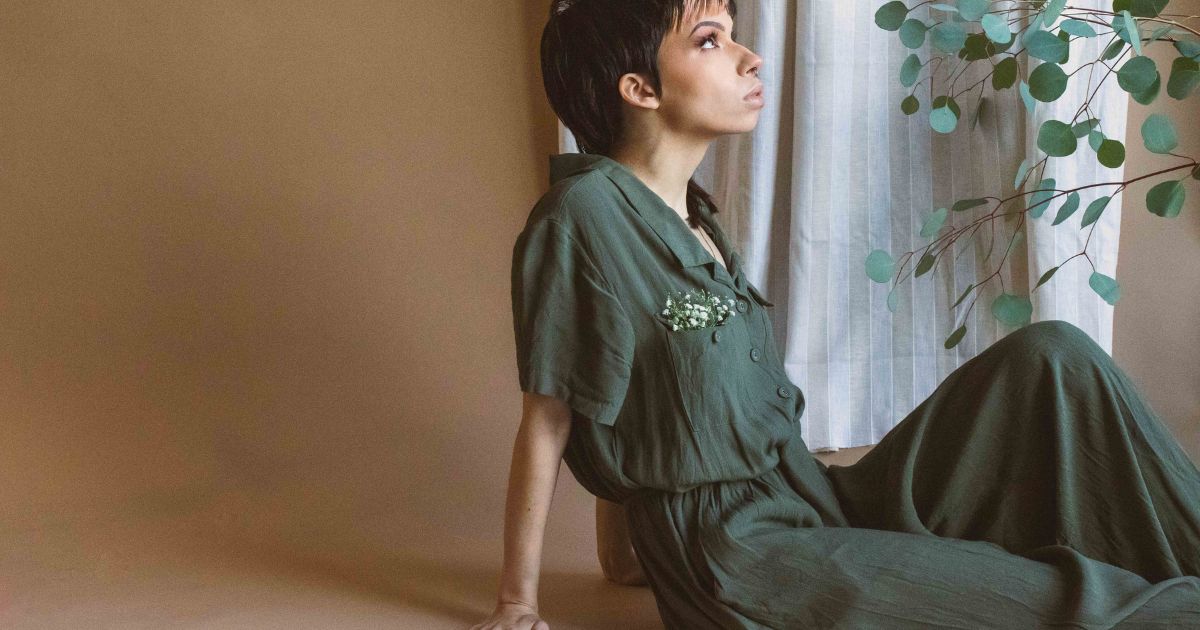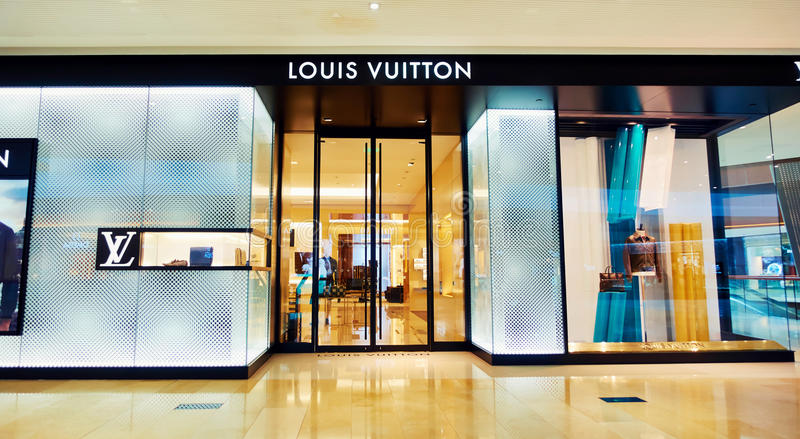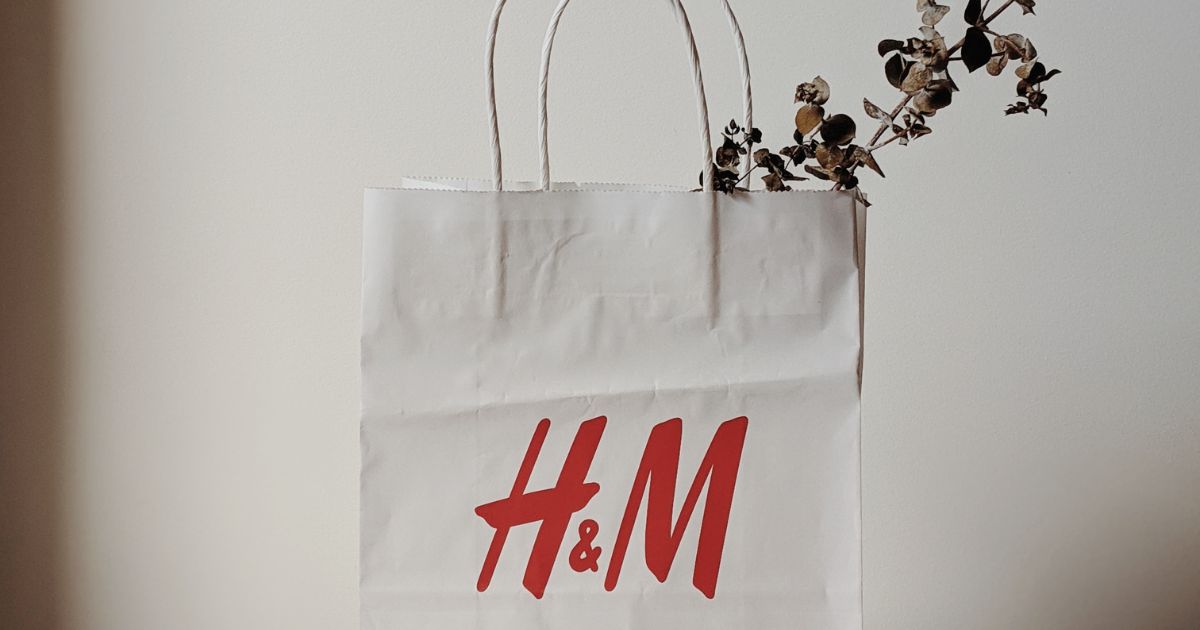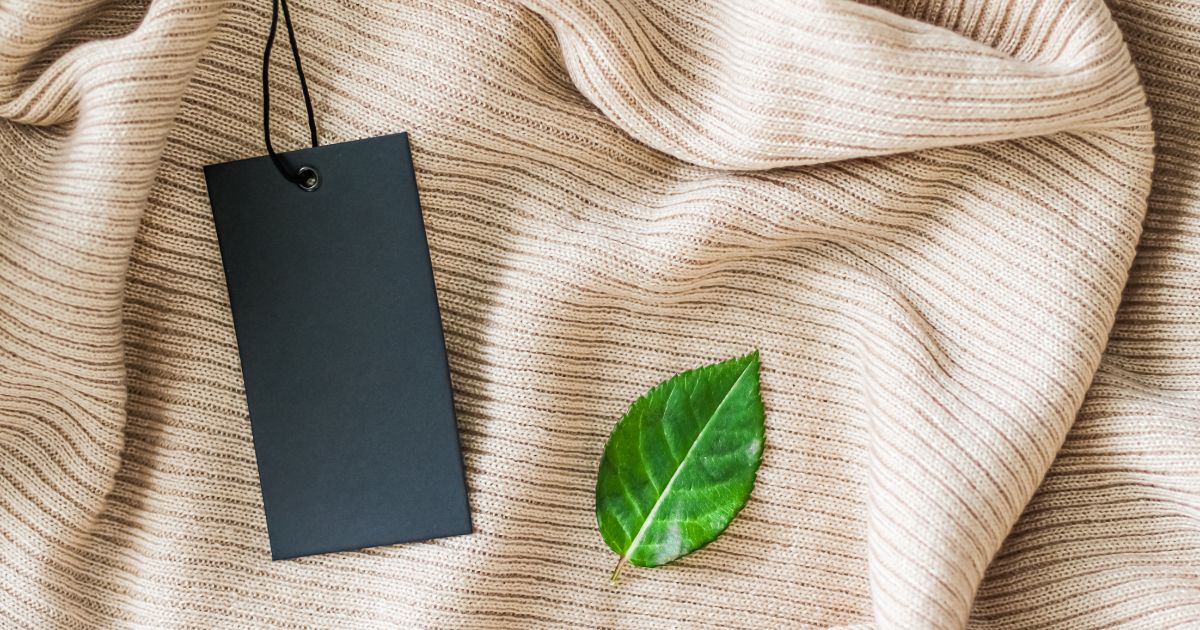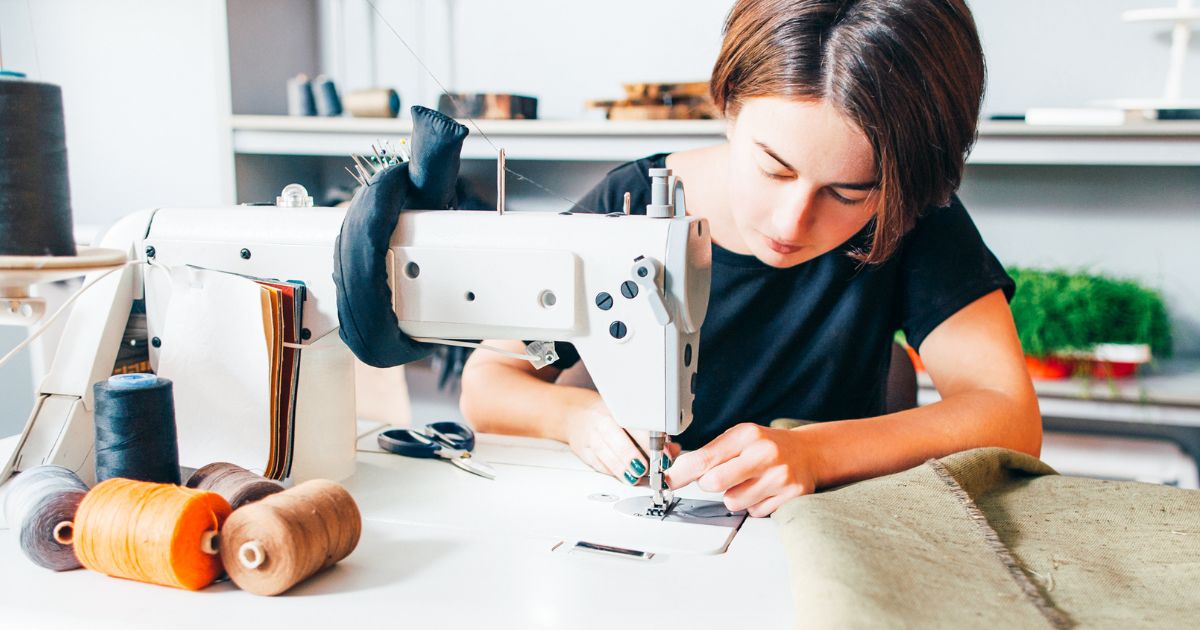IRAN BEFORE THE ANTI- HIJAB REVLOTION
In 1936, under the rule of Reza Khan, women were forcefully ordered to unveil. This had a negative impact as being unveiled or not wearing hijab was a sensitive issue in a conservative society. It went against the religious beliefs and teachings of Quran. This was considered as a step that was taken for modernization and liberalization of women in Iran. However, this step had a negative impact on the girls and women who came from conservative families and they wore the hijab despite the orders given. Women who decided to wear the hijab were subjected to cruelty, the conservative families stopped the girls from going to school and they were deprived of education. The mosques focused on how important it was for the Muslim women to do their hijab. Hijab has been a political issue ever since the Pahlavi regime in Iran.
Later under the rule of Reza Khan’s son it was the women’s choice and they could decide whether or not to wear the hijab. But this again caused problems as people believed that westernization of Iran was against the Islamic ethics. It was true that westernization gave the women a certain amount of freedom like access to higher studies, better job opportunities, western clothing. Some of them wore the hijab while the others wore miniskirts or what was in fashion. We could see both traditional and western clothing in the streets of Iran. There was no pressure from the government to veil or unveil and it was left to the women to dress according to their choice and comfort.
THE REVOLUTION ERA
When the new Islamic government had come into power they had veiling compulsory. They had not only made veiling compulsory but had also specific ways as to how it had to be draped. Iran has a morality patrol that arrests women who fails veil. In 2003-2013, 30,000 women were arrested because they wore the hijab in an improper way.
The laws in Iran have always been discriminatory towards the woman. Article 638 of the Islamic penal code states that any women appearing in a public place without a hijab will be subjected to 10 days – two months of imprisonment and fine. Lately the women in Iran are challenging and standing up to the hijab rules made by the government. In 2017, a White Wednesdays campaign began where women wore a white colored veil or other forms of clothing and protested against the mandatory hijab rule. Later, towards the end of the year women removed their hijab publicly during the protest which went viral worldwide. After this the Police Chief announced that anyone who instigates the other women to take off their hijab will be subjected to 10 years of imprisonment and will be tried for inciting prostitution according to Article 639 of Islamic Penal code.
President Ebrahim Raisi enforced stringent hijab rules which included severe regulations for women. They had to do complete hijab (cover their neck and shoulders along with their hair) and if they failed to this their entry in workplaces, banks, government offices was restricted. The morality police was asked to keep an eye on women. A 28 year old women was arrested and beaten, they later broadcasted her apologizing while her face was bruised.
The current protest in Iran
Mahsa, a 22 year old women was arrested on 13th September 2022 on the grounds for improper hijab. The Morality police had informed her brother that she was detained for providing an educational class. However, the eyewitness stated that she was hurled into a van where they thrashed her. Two hours later the morality police informed her brother that she suffered from a heart attack and was taken to the hospital. She passed away on 16th September. Her brother visited her and noticed that her face was swollen and she had black and blue bruises. This incident caused a rage among the people in Iran as a result to which the protest began. Thousands of women are chanting slogans like “women, life, freedom”, “Death to the dictator”. Some of them are publicly removing and burning their hijab and even cutting their hair.
There have been further reports of the women protesters losing their lives in the midst of the 2022 repression on the unrest. Nika Shakarami, a 16 year old, went missing, ten days post the protesting in Tehran on September 20th, 2022. She was found later with her nose mangled and her skull severed. Her corpse was then stolen by the forces, forbidding her family from holding a funeral. Hadis Najafi, a 22 year old, was yet another protestor who was shot in the head and neck by the security forces in Karaj which lead to her death on September 21st. About 133 people have died since the commencement of the mass protest. The regime has also faced internet blackouts. Even people from other countries such as Paris, Los Angeles and Toronto assembled after Amini’s death to support the women’s movement in Iran.
This movement is a fight for freedom, freedom of choice and expression. It is not a fight against the religious practices but a fight against the government that is using a religious practice to oppress the women and using it as political tool. A reductionist approach by calling it a hijab issue is a gross injustice to the larger problem. The problem that transcends boundaries, religion and human rights needs a far more holistic approach not just by institutions and governments but by human kind at large. As the famous Buddhist monk Thich Nhat Hanh said “the longest journey a mankind must take is the 18 inches from his brain to his heart.” A revolution in our thinking is the solution to the problem.
REFERENCE
- Faegheh Shirazi, (1 August 2019), The Veiling Issue in 20th Century Iran in Fashion and Society, Religion, and Government
- https://www.globalcitizen.org
- https://www.unitedagainstnucleariran.com
Author: ************@***il.com” data-hovercard-owner-id=”116″>Hridya Nambiar







